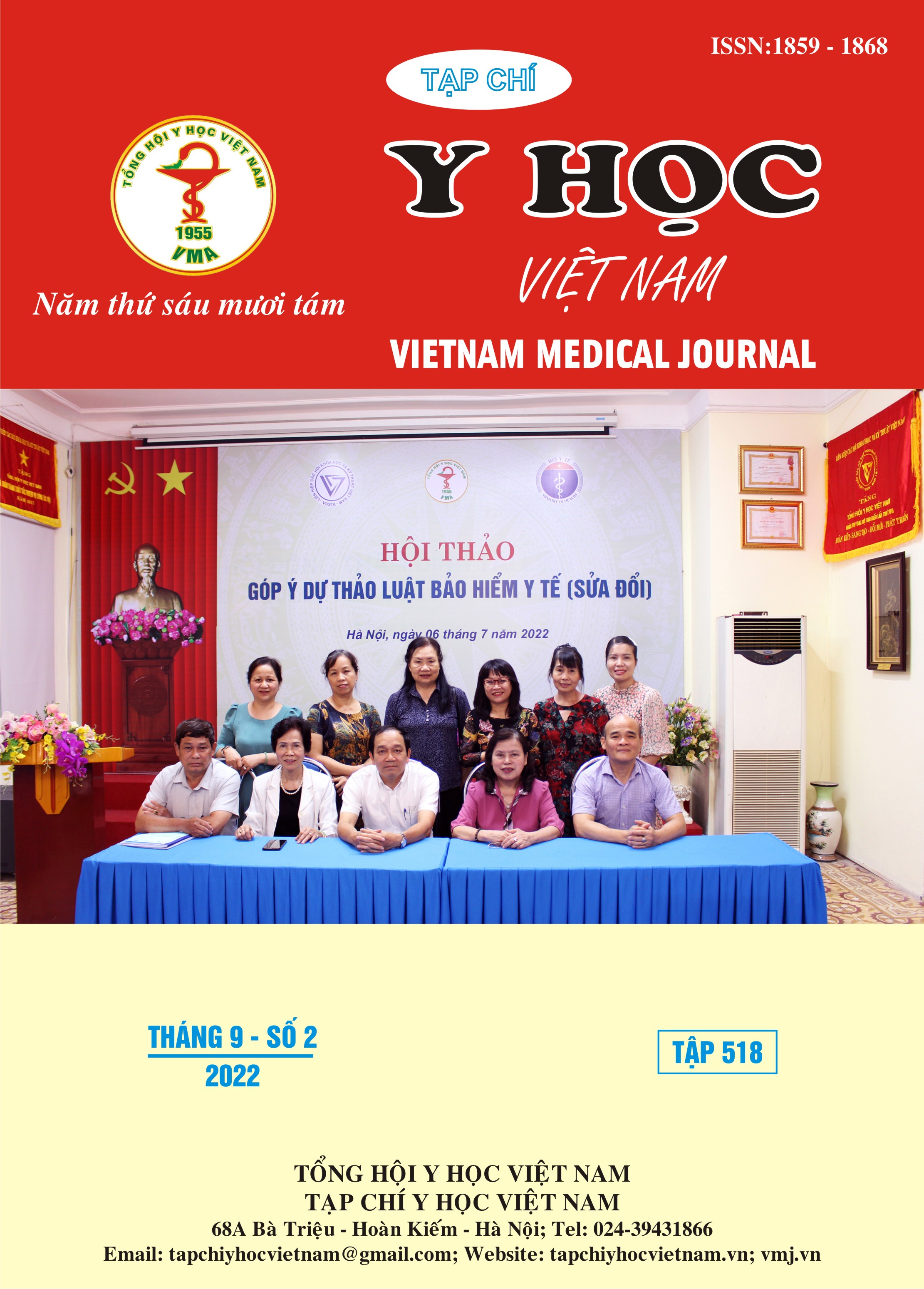KHẢO SÁT TÌNH HÌNH CHUYỂN ĐỔI KHÁNG SINH TỪ ĐƯỜNG TIÊM/TRUYỀN SANG ĐƯỜNG UỐNG TẠI BỆNH VIỆN THỐNG NHẤT
Nội dung chính của bài viết
Tóm tắt
Mở đầu: Chuyển đổi kháng sinh từ đường tiêm/truyền sang đường uống là một trong những can thiệp quan trọng trong chương trình quản lý sử dụng kháng sinh (QLSDKS). Việc chuyển đổi đường dùng kháng sinh ở những bệnh nhân (BN) phù hợp sẽ giúp giảm thiểu các biến chứng liên quan tới tiêm/truyền, giảm chi phí điều trị, rút ngắn thời gian nằm viện và giảm gánh nặng công việc cho nhân viên y tế. Mục tiêu: Khảo sát thực trạng chuyển đổi kháng sinh từ đường tiêm/truyền sang đường uống ở BN nội trú tại bệnh viện Thống Nhất. Đối tượng và phương pháp nghiên cứu: Nghiên cứu cắt ngang mô tả trên hồ sơ bệnh án của BN đủ 18 tuổi trở lên, được chỉ định ít nhất một kháng sinh đường tiêm/truyền từ tháng 1/2021 đến tháng 6/2021 tại khoa Nội Nhiễm, bệnh viện Thống Nhất. Tính hợp lý của việc chuyển đổi kháng sinh được đánh giá dựa trên hướng dẫn chuyển đổi kháng sinh từ đường tiêm/truyền sang đường uống theo quyết định 5631/QĐ-BYT. Kết quả: Trong 99 BN được đưa vào nghiên cứu, có 80 BN đủ điều kiện để chuyển đổi sang đường uống. Tỷ lệ BN được chuyển đổi là 44,4%. Tỷ lệ hợp lý chung trong việc chuyển đổi là 43,8%. Thời gian dùng kháng sinh tiêm/truyền và thời gian nằm viện trung vị của BN chuyển đổi ngắn hơn có ý nghĩa thống kê so với BN không chuyển đổi (p <0,001). Kết luận: Tỷ lệ chuyển đổi kháng sinh từ đường tiêm/truyền sang đường uống còn chưa cao. Chuyển đổi kháng sinh hợp lý giúp rút ngắn thời gian nằm viện của BN.
Chi tiết bài viết
Tài liệu tham khảo
2. Gauthier TP (2018), “A Resource To Help With Changing From IV To PO Antibiotics”, Updated March 7, 2018. Accessed August 5, 2022. https://www.idstewardship.com/resource-help-changing-iv-po-antibiotics/
3. Alemseged Beyene Berha, Gizat Molla Kassie (2019), “Current Practice and Barriers to an Early Antimicrobial conversion from Intravenous to Oral among Hospitalized patients at Jimma University Specialized Hospital: Prospective Observational Study”, Interdisciplinary Perspectives on Infectious Diseases. 2019.
4. Anne-Marie A. Mouwen, Jacob A. Dijkstra , Eefje Jong et al. (2020), “Early switching of antibiotic therapy from intravenous to oral using a combination of education, pocket-sized cards and switch advice: A practical intervention resulting in a reduction in length of hospital stay”, Int J Antimicrob Agents. 55 (1).
5. Dominik Mertz, Michael Koller, Patricia Haller et al. (2009), “Outcomes of early switching from intravenous to oral antibiotics on medical wards”, Journal of Antimicrobial Chemotherapy. 64 (1), 188-199.
6. Anida C. van Niekerk, Daniel J. L. Venter, Shirley-Anne Boschmans (2011), “Implementation of intravenous to oral antibiotic switch therapy guidelines in the general medical wards of a tertiary-level hospital in South Africa”, Journal of Antimicrobial Chemotherapy. 67 (3), 756-762.
7. Hà Nguyễn Y Khuê, Huỳnh Thị Hoài Thu, Trần Hoàng Tiên và cs (2019), “Đánh giá hiệu quả của việc chuyển đổi kháng sinh từ đường tiêm sang đường uống tại bệnh viện Đại học Y dược thành phố Hồ Chí Minh”, Tạp chí Y Học Thành Phố Hồ Chí Minh. 23 (2), 170-177.
8. Zeina M Shrayteh, Mohamad K Rahal, Diana N Malaeb (2014), “Practice of switch from intravenous to oral antibiotics”, Springerplus. 3, 717.


